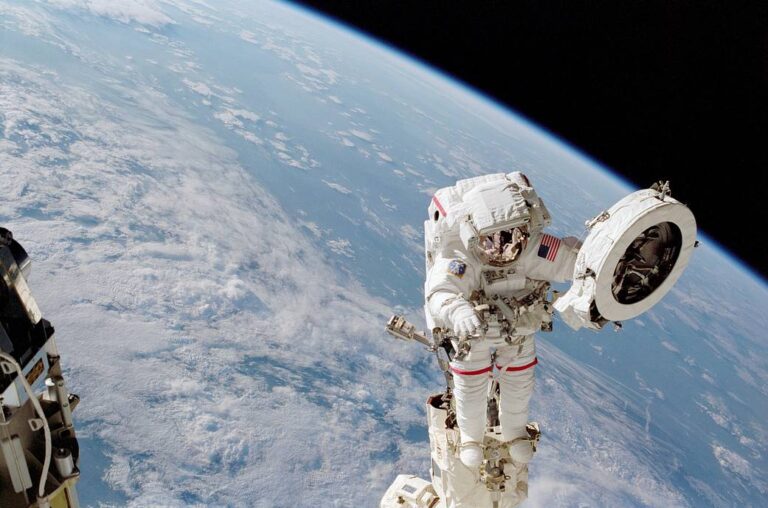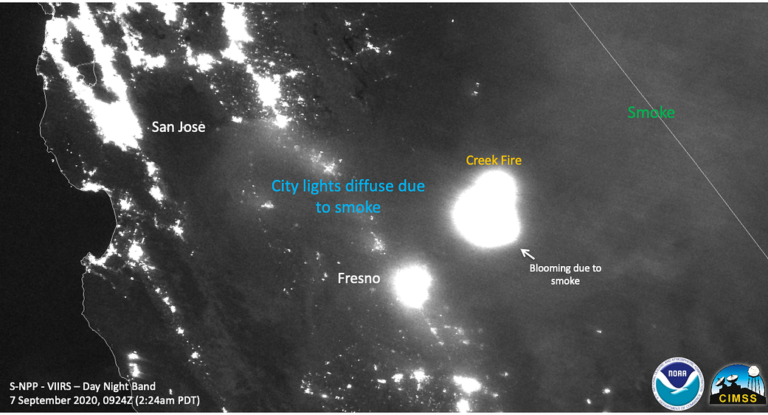艾伦·奥乔亚(Ellen Ochoa)与第一个前往空间站的人形机器人握手
Then-NASA Johnson Space Center deputy director Ellen Ochoa poses for a photo with Robonaut 2 (R2) during media day in the Space Vehicle Mock-up Facility on Aug. 4, 2010. R2 hitched a ride to the International Space Station with the STS-133. It was the first humanoid robot to travel to space and the first U.S.-built robot to visit the station. R2 will stay on the space station indefinitely to allow engineers on the ground to learn more about how humanoid robots fare in microgravity. Ochoa became Johnson Center director in 2012 and retired from that position in 2018. She is veteran of four space shuttle flights and holds a doctorate in electrical engineering from Stanford. #HispanicHeritageMonth Image Credit: NASA 2010年8月4日,美国宇航局约翰逊航天中心副主任埃伦·奥乔亚(Ellen Ochoa)在太空飞行器模拟设施的媒体日与Robonaut 2(R2)合影。R2搭乘了STS-133前往国际空间站。它是第一个到太空旅行的人形机器人,也是第一个访问空间站的美国制造的机器人。R2将无限期地留在空间站,让地面上的工程师了解更多关于类人机器人在微重力下如何生存的信息。 奥乔亚(Ochoa)于2012年成为约翰逊中心主任,并于2018年从该职位退休。她是四次航天飞机飞行的资深人士,并拥有斯坦福大学的电气工程博士学位。 #HispanicHeritageMonth 图片来源:NASA










